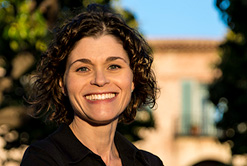The AMA recently published a short piece based on 2022-23 data culled from their National Graduate Medical Education Census: They evaluated which medical specialties were most popular among male and female candidates who were entering residency. They then extrapolated as to which specialties are going to be increasingly female- versus male-dominated.
Female-dominated specialties included obstetrics and gynecology, pediatrics/psychiatry/child and adolescent psychiatry (combined), pediatrics, allergy and immunology, public health and general preventive medicine, and dermatology.
I wasn’t surprised that pediatrics or obstetrics and gynecology were female-dominated, but I found it interesting that dermatology – which is so well remunerated – has more women residents than male residents. Historically, women were relegated to lower paying fields.
Male-dominated specialties included orthopedic surgery, interventional radiology, neurological surgery, diagnostic radiology, and urology.
The AMA reports that specialties that offered a near equal balance of men and women in residency included neurology, general surgery, and psychiatry. Again, as someone who trained in the late 1990s, it’s a joy to hear that general surgery is now a well-balanced field in terms of gender. On the whole, when the AMA included specialties, subspecialties, and combined specialties, they report that women account for 48.2% of trainees.
For more details, you can check out the AMA piece here.

